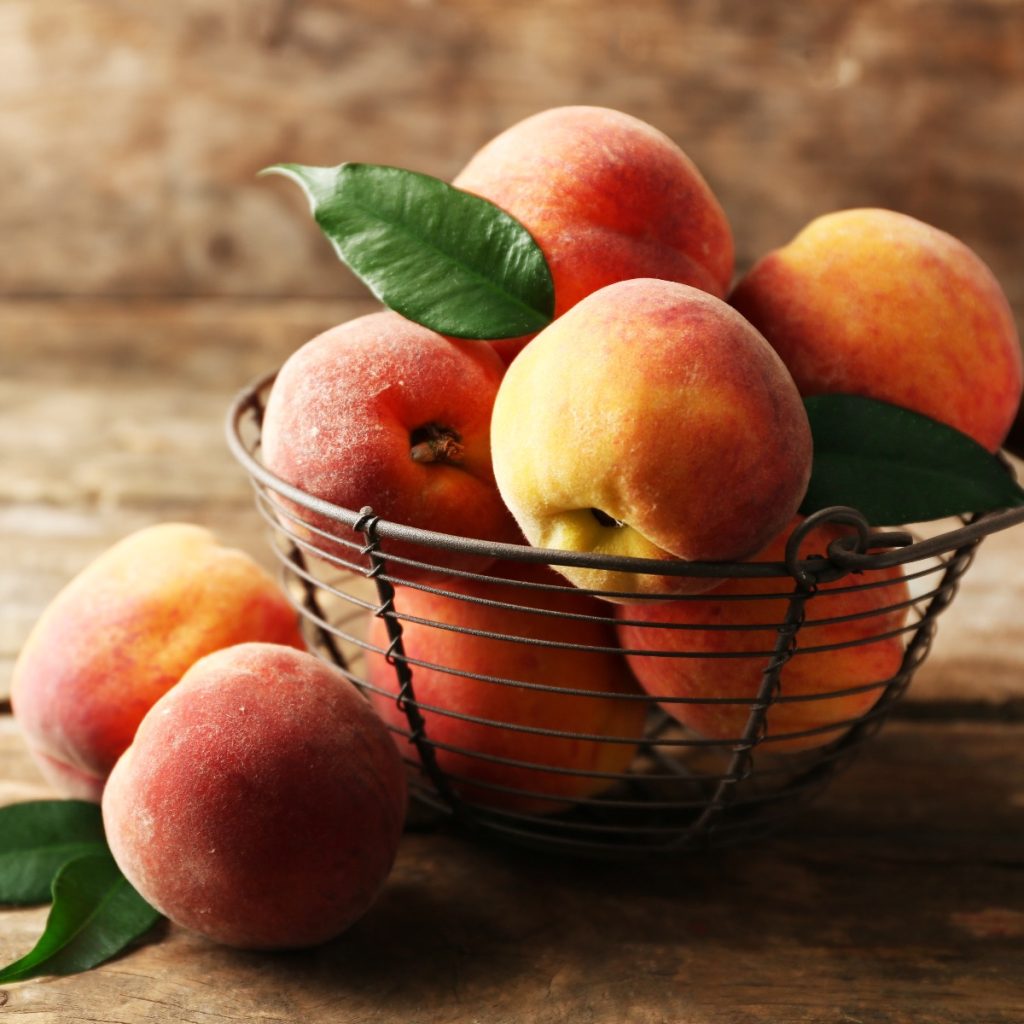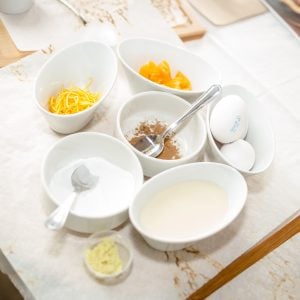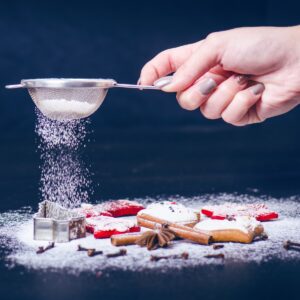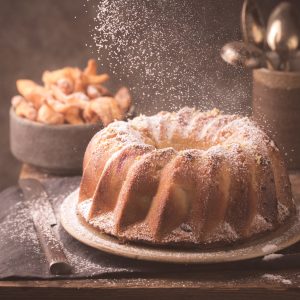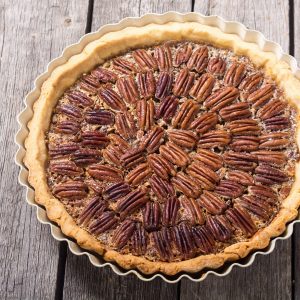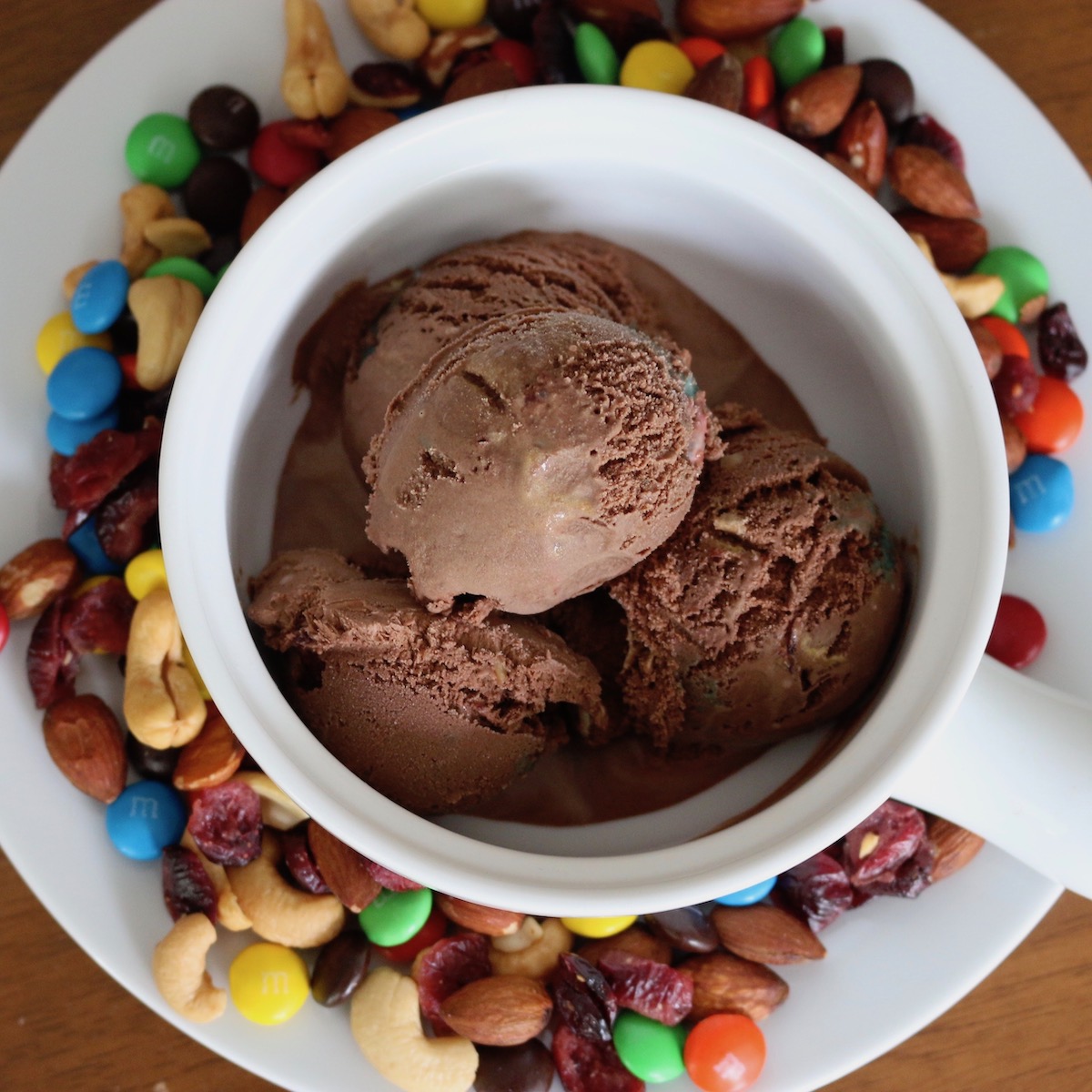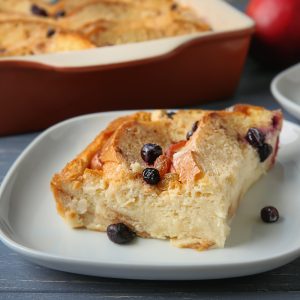Everything You Need to Know About Peaches
Peaches are the ultimate summer fruit. Their sweet aroma and juicy flesh scream sunshine.
Whether you bite into one fresh or bake it into a dessert, peaches always deliver. But there’s one dish that takes peaches to the next level: Peach Melba.
Invented in the late 19th century by chef Auguste Escoffier, Peach Melba pairs peaches with raspberries and vanilla ice cream. The result? A dessert that’s simple yet unforgettable. Its bright colors and flavors make it perfect for any occasion. Serve it at a dinner party or as a treat for yourself—it’s always a hit.
Making it at home is easier than you think. With just a few steps, you can transform ripe peaches into a masterpiece. Plus, you control the sweetness and quality of every ingredient. Fresh peaches work best, but frozen ones can also work.
In this post, I’ll walk you through how to prepare this classic dessert. Along the way, you’ll learn tips to make your Peach Melba special. Ready to get started? Grab some peaches, and let’s create something delicious!
Where Are They From?
They are native to China and have been cultivated for thousands of years. Peaches are now widely grown in many parts of the world, including Europe, North America, and South America.
Peaches have a long and rich history, dating back to ancient China, where they were first cultivated over 4,000 years ago. The Chinese believed that peaches had magical powers and would often give them as gifts to their emperors. The Chinese also believed that peaches could bring good luck and long life, and they would often plant peach trees near their homes for good luck.
They were introduced to the Western world by traders and travelers who brought them back from China. The ancient Persians, Greeks and Romans were also known to cultivate peaches, and they were also highly valued for their flavor and medicinal properties. The Romans believed that peaches had healing properties and would often use them to treat illnesses.
In the Middle Ages, peaches were primarily grown in monasteries and were considered a delicacy. They were often used in medicine and were considered a symbol of wealth and nobility. Spanish explorers brought the first peaches to be grown in the Americas in the 16th century.
More Available
Peaches became more widely available in the 18th and 19th centuries with the development of new transportation methods. The production also increased with the invention of the clingstone peach, which made canning them possible. This led to a rise in popularity, and they became a staple fruit in many households.
In the 20th century, peach production continued to grow and expand, with new varieties being developed for different climates and growing conditions. Today, they are grown in many parts of the world, including China, the United States, Italy, Spain, and South America. They are a popular fruit enjoyed by many people, both fresh and in a variety of culinary dishes.
Varieties
There are many different varieties of peaches, each with its own unique flavor, texture, and appearance. Here are a few popular varieties of peaches:
- Elberta: A variety that is known for its large size, sweet flavor, and yellow flesh. It is a freestone peach, meaning the pit is easy to remove.
- Red Haven: A variety known for its sweet flavor and red skin. This variety is also a freestone peach.
- Loring: This newer variety is known for its yellow flesh and sweet flavor. It has a longer shelf life compared to other peaches.
- Cresthaven: This is a variety that has a red skin and yellow flesh. It’s a freestone peach and has a good balance between sweetness and acidity.
- O’Henry: This is a variety of peach that has a yellow skin and yellow flesh. It’s a freestone peach and has a sweet, rich flavor.
- Early Star: This variety ripens early in the season and has a yellow skin and yellow flesh. It’s a freestone peach and has a sweet flavor.
- Rich Lady: This is a variety that has a red skin and yellow flesh. It’s a freestone peach
Nutrition
Peaches are a good source of vitamins A and C, potassium, and dietary fiber. They also contain antioxidants, which can help to protect the body against disease. The skin of peaches is rich in flavonoids, which have anti-inflammatory and anti-cancer properties. Peaches are also low in calories, making them a great choice for people who are trying to maintain a healthy weight.
They are a versatile fruit that can be eaten fresh, canned, frozen, or dried. They can also be used to make jams, jellies, preserves, and other preserves. They are also popular in desserts such as pies, cobblers, and tarts. They can also be used to make sorbet, ice cream, and other frozen desserts.
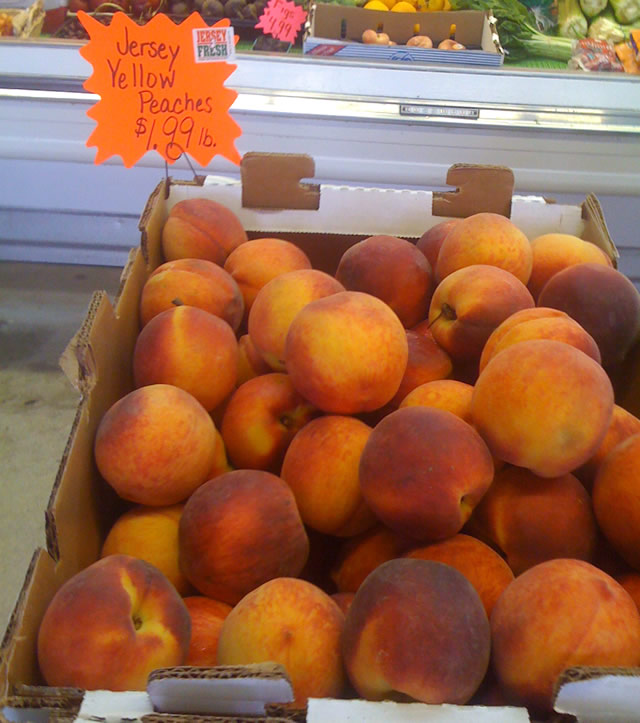
Selecting Peaches
When selecting, look for fruit that is firm, but not hard. They should be fragrant and give slightly to gentle pressure. Avoid fruit that is too soft or has brown spots or discolorations. Peaches will continue to ripen at room temperature and can be stored in the refrigerator to slow down the ripening process.
When buying peaches, there are a few key things to look for to ensure that you are getting high-quality fruit:
- Color and appearance: Look for peaches that are firm and have a uniform color. Avoid peaches that are soft or have brown spots or discolorations.
- Smell: Peaches should have a sweet, fruity aroma. If they don’t have any smell they could be underripe or overripe.
- Firmness: Peaches should give slightly to gentle pressure. They should be firm, but not hard.
- Ripeness: Peaches will continue to ripen at room temperature. If you want to eat them right away, look for fruit that is slightly soft to the touch. If you plan to use them later, look for firmer fruit.
- Seasonality: Peaches are typically in season during the summer months. They are at their best when grown in their natural environment, so try to buy peaches that are in season, as they will be at their peak of flavor.
- Pesticides: If you’re concerned about pesticides, look for certified organic peaches or buy from a local farmer who uses sustainable and natural farming methods.
By keeping these things in mind, you can be sure that you are getting high-quality peaches that are ripe and delicious. Additionally, you can also ask the seller questions about the peaches’ origin, variety and if they have been treated with any chemicals or pesticides.
Preparing
When preparing, washing them thoroughly to remove dirt or pesticides is essential. Blanch them in boiling water to remove the skin for a minute or two and then transfer them to an ice bath. The skin should easily peel off with a paring knife. Peaches can be eaten fresh or used in cooking and baking. They can also be frozen or canned for later use.
They can be used in a variety of dishes, both sweet and savory. They are a popular ingredient in salads and can be paired with arugula, feta cheese, and balsamic vinaigrette. Peaches can also be grilled or sautéed and served as a side dish or topping for pork, chicken or fish.
Why Are Peaches Called “Stone Fruit”?
A peach is called a “stone fruit” because it has a hard, stony pit or seed in the center of the fruit. The fleshy, edible part of the fruit surrounds the pit. Peaches, along with other fruits such as apricots, plums, cherries, and nectarines, are all considered stone fruits because they have a similar structure.
The term “stone fruit” describes these fruits because of their internal structure, which consists of a hard, inedible pit encased within the fleshy, edible fruit. The pit is also known as the stone, it contains the seed of the fruit. The flesh of the fruit surrounds the pit and is the part that is typically eaten.
The stone fruit family, also known as drupaceous fruits, are a group of fruits that are characterized by their fleshy exocarp (outer layer) and mesocarp (middle layer) and a hard-shelled endocarp (inner layer) that surrounds the seed. The outer fleshy part of the fruit is what we eat, and the inner hard shell protects the seed, that is inside the fruit.
How Do You Ripen Peaches In A Hurry?
If you have unripe peaches and you need to ripen them quickly, there are a few ways to do it:
- Place them in a brown paper bag: The ethylene gas that the peaches produce will be trapped inside the bag, which will speed up the ripening process. You can also add an apple or banana, which will release more ethylene gas, to the bag to help the peaches ripen faster.
- Leave them out at room temperature: Peaches will continue to ripen at room temperature. Leave them on the counter for a day or two, until they are soft to the touch and give slightly to gentle pressure.
- Use a microwave: Place them in a microwave-safe dish and microwave them on low power for about 30 seconds. Be careful not to overheat them, as this can cause them to become too soft.
- Use a warm oven: Preheat your oven to 200°F (90°C) and place them on a baking sheet. Leave them in the oven for about 15 minutes, or until they are slightly softened.
- Use a slow cooker: Place them in a slow cooker with a cup of water and set it on low for about 2 hours. The heat and steam will help to soften the peaches.
It’s important to note that these methods will not make the peaches as sweet as they would be if they were allowed to ripen naturally, and they can make the peaches overripe quickly, so it’s important to check on them often. Also, these methods are not recommended for organic peaches as they can damage them, and are better suited for conventionally grown peaches.
Peach Melba Recipe
Ingredients
For the Poached Peaches
- 4 ripe peaches
- 2 cups water
- 1 cup sugar
- 1 vanilla bean
- 1 pint raspberries
- ¼ cup sugar
- ½ cup heavy cream
- vanilla ice cream
- fresh mint leaves for garnish
Instructions
- Peel the peaches by blanching them in boiling water for about 30 seconds, then transfer them to an ice bath. Once cool, the skin should come off easily with a paring knife. Cut the peaches in half and remove the pit.
- In a medium saucepan, combine water, sugar, and vanilla bean. Bring the mixture to a simmer and stir until the sugar has dissolved. Add the peaches to the pan and poach them for about 5 minutes or until they are just tender. Remove the peaches from the syrup and let them cool. Reserve the syrup.
- In a separate saucepan, combine the raspberries and sugar. Cook over medium heat until the raspberries have released their juice and the mixture thickens, about 10 minutes. Remove from heat and strain through a fine-mesh sieve to remove the seeds.
- Whip the cream until stiff peaks form.
- To assemble the Peach Melba, place a scoop of vanilla ice cream in the center of a plate or bowl. Place a poached peach half on top of the ice cream and spoon some of the raspberry sauce over the peach. Repeat with the remaining peaches, ice cream, and raspberry sauce.
- Place a dollop of whipped cream on top.

